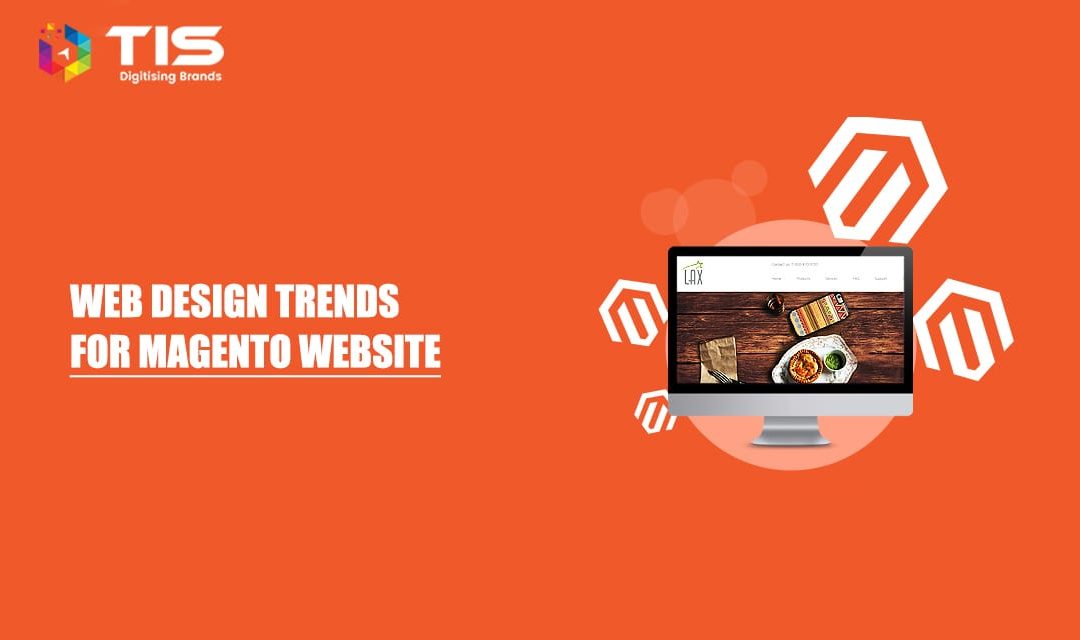Magento is one of the most powerful e-commerce platforms, offering unparalleled flexibility, scalability, and customization options. However, effective Magento website design goes beyond functionality—it focuses on creating a visually appealing, user-friendly, and conversion-optimized online store.
This guide explores Magento website design, highlighting its features, benefits, and best practices to build a robust e-commerce presence.
Why Choose Magento for Your Website Design?
Flexibility and Customization
Magento offers a highly customizable framework, allowing businesses to tailor their websites to meet unique brand and user needs.
Key Features:
- Customizable themes and layouts.
- Integration with third-party tools and extensions.
- Advanced design flexibility for both B2B and B2C stores.
Scalability for Growth
Magento is ideal for businesses of all sizes, offering the capacity to grow with your operations.
Benefits:
- Handles high volumes of traffic and transactions.
- Suitable for small startups and enterprise-level businesses.
- Supports multiple websites and storefronts from a single admin panel.
Mobile-Responsive Design
With mobile shopping on the rise, Magento ensures your site looks and functions seamlessly on all devices.
Features:
- Responsive design themes.
- Optimized checkout for mobile users.
SEO-Friendly Platform
Magento offers built-in SEO features to improve your website’s visibility on search engines.
Highlights:
- URL optimization.
- Metadata management.
- Rich snippet support for better search engine representation.
Key Elements of Magento Website Design
1. User-Friendly Navigation
Organize categories and subcategories intuitively to enhance the shopping experience.
Tips:
- Use mega menus for easy navigation.
- Include breadcrumb trails for better user orientation.
Visually Appealing Layouts
Create a visually engaging website that reflects your brand identity.
Best Practices:
- Use high-quality images and videos.
- Maintain consistency in fonts, colors, and styles.
Optimized Checkout Process
Ensure a smooth and hassle-free checkout experience to reduce cart abandonment.
Features:
- Guest checkout options.
- One-page checkout functionality.
Integration with Payment Gateways
Magento supports multiple payment gateways to cater to diverse customer preferences.
Examples:
- PayPal, Stripe, and Authorize.Net.
- Country-specific payment options for global reach.
Performance Optimization
Fast-loading websites improve user experience and search rankings.
Tips:
- Use Magento’s built-in caching mechanisms.
- Optimize images and compress files for quicker load times.
Best Practices for Magento Website Design
1. Choose the Right Theme
Opt for a Magento theme that aligns with your industry and brand identity.
2. Focus on Responsiveness
Ensure your design works flawlessly on desktops, tablets, and smartphones.
3. Implement Security Features
Protect customer data with SSL certificates and other Magento security extensions.
4. Leverage Extensions
Enhance functionality with Magento extensions for analytics, marketing, and customer support.
5. Test and Iterate
Regularly test your website for bugs, usability issues, and performance to maintain a seamless experience.
Benefits of Hiring a Magento Website Designer
Expertise in Customization
Professional designers know how to tailor Magento’s features to your specific business needs.
Improved User Experience
Experienced designers ensure your site is intuitive, fast, and visually engaging.
Faster Time to Market
With their expertise, you can launch your ecommerce store quickly without compromising on quality.
Conclusion
Effective Magento website design combines creativity with technical expertise to deliver an exceptional online shopping experience. By leveraging Magento’s powerful features and following best practices, businesses can create scalable, responsive, and visually stunning e-commerce websites that drive sales and customer satisfaction.
Whether you’re a startup or an established brand, Magento offers the tools and flexibility you need to succeed in the competitive e-commerce landscape.
FAQs
1.What is Magento website design?
Magento website design involves creating an e-commerce site using the Magento platform, focusing on customization, user experience, and functionality.
2.Why is Magento ideal for e-commerce?
Magento is highly flexible, scalable, mobile-responsive, and SEO-friendly, making it a top choice for businesses of all sizes.
3.Do I need a professional designer for my Magento website?
Hiring a professional designer can ensure your website is visually appealing, user-friendly, and optimized for performance.
4.What are some must-have features for Magento websites?
Must-have features include mobile responsiveness, intuitive navigation, an optimized checkout process, and integration with multiple payment gateways.
5.How can I optimize my Magento website for speed?
Optimize images, use caching tools, and leverage Magento’s performance-enhancing extensions to improve load times.

